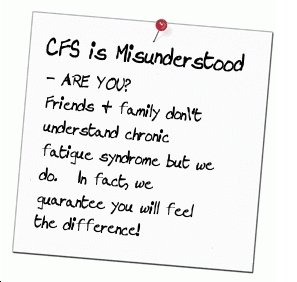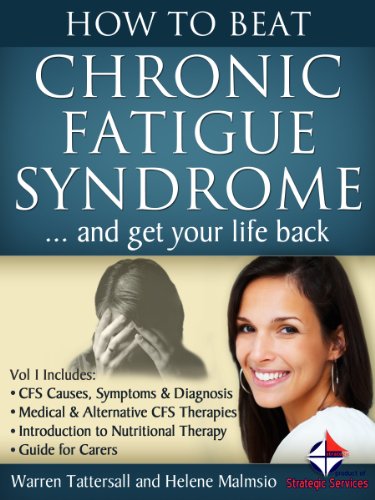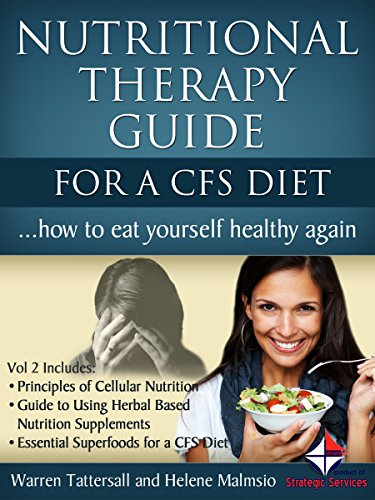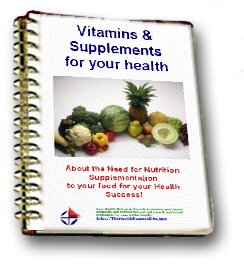Cholesterol: What You Need to Know

![]() A health article fromYour Health Online the A to Z directory of dealing with Health Problems & nutritional Self Care Strategies
A health article fromYour Health Online the A to Z directory of dealing with Health Problems & nutritional Self Care Strategies
The number one killer of Americans, both men and women, is
heart disease. According to the American Heart Association,
high blood cholesterol is the most significant risk
factor.
When you go to the doctor and he tells you your cholesterol
level, you typically are told your TOTAL blood cholesterol
level. How does cholesterol get into your blood? The
body's liver makes most of the cholesterol it needs - yes,
NEEDS. Some cholesterol is absorbed from the food you eat.
The body needs cholesterol to make several important
hormones including estrogen and testosterone. In
addition, cholesterol is part of the protective covering
that surrounds nerves and other cell membranes.
Elevated cholesterol levels are associated with heart
disease. For a better assessment of your risk of heart
disease, it is important to know not only your total
cholesterol but also your HDL. The total cholesterol
consists of HDL - high-density lipoprotein, LDL - low-
density lipoprotein, and VLDL - very low-density
lipoprotein. LDL is the bad guy. HDL is the good guy.
Why? LDL cholesterol sticks to your the walls of your
blood vessels and can cause blockage. VLDL is the
precursor to LDL cholesterol. HDL goes around in the
blood stream, collects bad cholesterol, and carries it
back to the liver where it is broken down.
It is desirable to keep total cholesterol levels below
200 mg/dl. Values above 240 mg/dl are considered
significantly elevated. If you know your LDL value, it
is desirable to have this type of cholesterol below
130 mg/dl. Values for LDL above 160 are considered
significantly elevated. Because HDL is the good guy, you
want this level high. Values below 35 mg/dl are a HIGH
risk indicator for heart disease. It is more desirable
to have HDL levels close to 50 mg/dl or higher.
The Total Cholesterol:HDL Ratio is a good indicator of
risk. To calculate this important ratio, divide your
Total cholesterol value by your HDL value. The HIGHER
the ratio, the GREATER the risk of heart disease.
For example: Total = 240 mg/dl HDL = 30 mg/dl
Ratio = 240/30 = 8.0 *This is a high risk ratio.
*IDEAL RATIO FOR MEN IS LESS THAN OR EQUAL TO 4.0.
*IDEAL RATIO FOR WOMEN IS LESS THAN OR EQUAL TO 3.5.
What is cholesterol? It is a waxy, fat-like substance.
What foods contain cholesterol? Foods of animal origin
are the ONLY foods that contain cholesterol. Foods of
plant origin, even those naturally containing fat, DO NOT
contain cholesterol.
Cholesterol in food:
There are a number of factors that affect your blood
cholesterol level. One factor, is a diet high in dietary
cholesterol. Moderation is advised to keep cholesterol
levels in check. The American Heart Association and the
National Cholesterol Education Program recommend that you
consume 300 mg of cholesterol or less per day.
As stated above, foods of animal origin are the ONLY foods
that contain cholesterol. Foods of plant origin, even
those naturally containing fat, DO NOT contain
cholesterol. Are certain foods of animal origin higher
in cholesterol than others? Yes.
Not many people enjoy eating organ meats, such as liver.
If you are someone who does, you should know that organ
meats are high in cholesterol, 270 mg per 3-ounce serving
of liver. While liver is nutritious, if you are at risk
for heart disease then you need to limit your intake.
Egg yolks have gotten a bad rap in the past. Why? It is
because egg yolks are high in cholesterol, 215 mg per
yolk. The yolk is definitely nutritious, its purpose is
to provide nutrients for a chick embryo to develop.
Unfortunately, it contains too much cholesterol to eat
it as you please. You should limit the number of yolks
you eat to 3-4 or less per week. What about the whites?
Eat as many whites as you like. The white part of an egg
contains no cholesterol and is a rich, complete source of
protein.
To limit the number of egg yolks, you can substitute two
egg whites for one whole egg when baking. For example,
a recipe calls for 2 eggs. You could either use 1 whole
egg plus 2 egg whites OR 4 egg whites. By doing this
simple substitution, you will decrease the cholesterol
content. Another option is to use an egg substitute,
check label for egg equivalent.
As for meats, look for leaner cuts of meat, fish, and
poultry. Cut away excess fat before cooking. Choose low-
fat dairy products. By following these steps, you will
not be able to eliminate all the cholesterol but you are
taking important steps towards healthy eating.
Read food labels for foods low in cholesterol or foods
that are cholesterol free. How do you know if a product
is low in cholesterol? Here are the food label
requirements (government regulated):
Label claim: Per Serving:
Cholesterol Free - Less than 2 mg cholesterol and
Less than or equal to 2 g of
saturated fat
Low Cholesterol - Less than or equal to 20 mg
cholesterol and
Less than or equal to 2 g of
saturated fat
Reduced OR Less - At least 25% less cholesterol than
Cholesterol the original and Less than or equal
to 2 g of saturated fat
The above table shows requirements for saturated fat.
This is because blood cholesterol levels are significantly
affected by dietary saturated fat intake. Cholesterol and
saturated fat usually are found in the same foods, thus
sometimes get confused. In animal products, both the lean
portion - flesh or muscle - and the fatty tissue contain
cholesterol. This is why some low-fat animal foods can be
relatively high in cholesterol. Foods such as shellfish
and organ meats are high in cholesterol yet low in
saturated fat.
the A to Z directory of dealing with Health Problems & Self Care Strategies for natural remedies to your health issues.

Subscribe to get your weekly "Health Success Magazine" with a new complete & comprehensive Health Report in every edition!

to “Your Health Success”
our weekly F’R’E’E’ Newsletter
If you would like a free no-obligation private consultation or to contact Warren Tattersall for more information, please click here >> Contact Us

Click the books above to learn more about how we treat CFS naturally, to get your life back!
You will find many assorted Health Reports available for download free to you on this website!
Our free Health Success Reports are each available for you to download when you subscribe to receive them and their 7 part eCourse.
You can unsubscribe at any time, but we are sure you will want to receive all the email lessons of these informative ecourses.
Read more HERE to select the REPORT subjects of most interest (or concern) to you.









